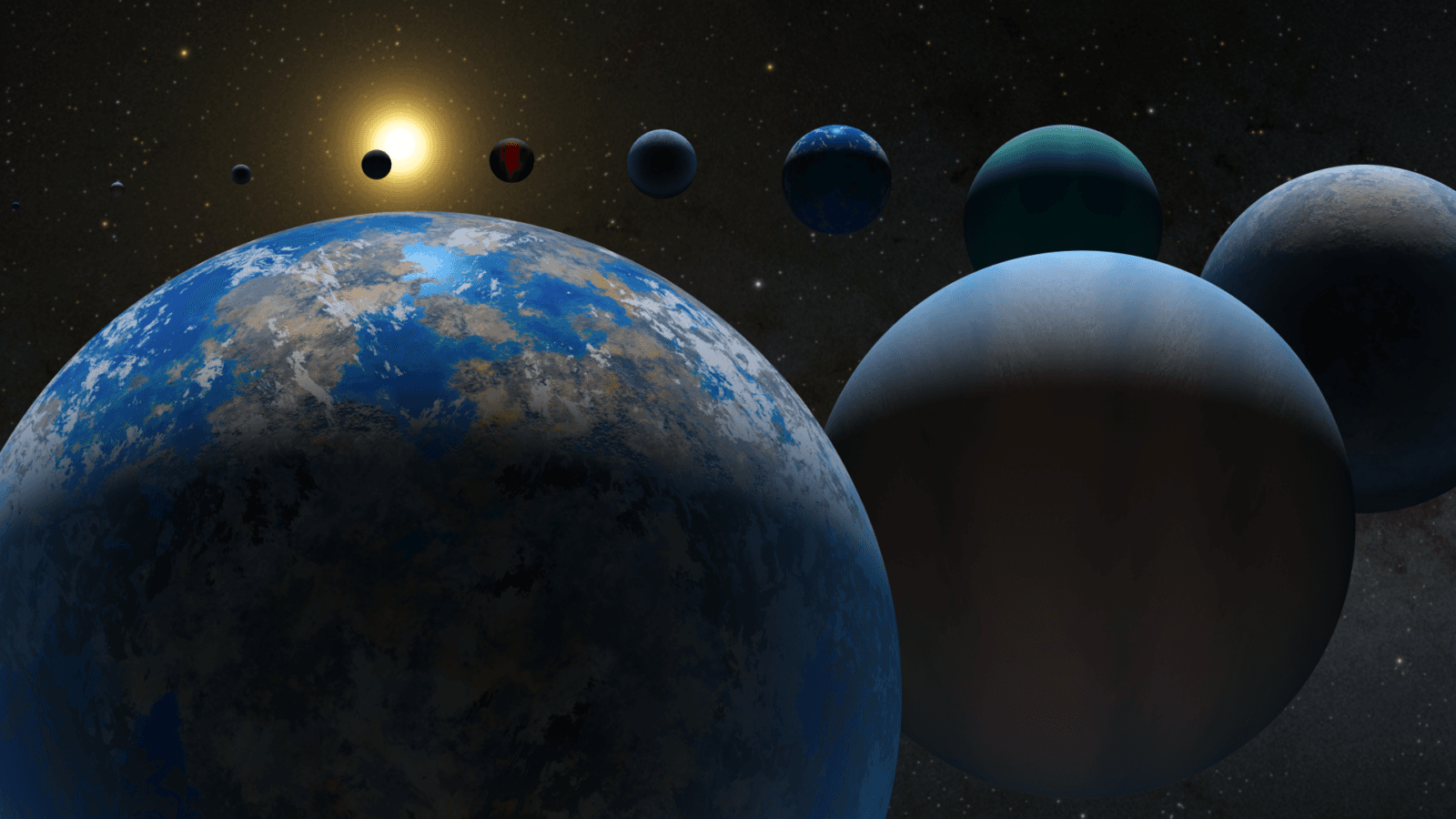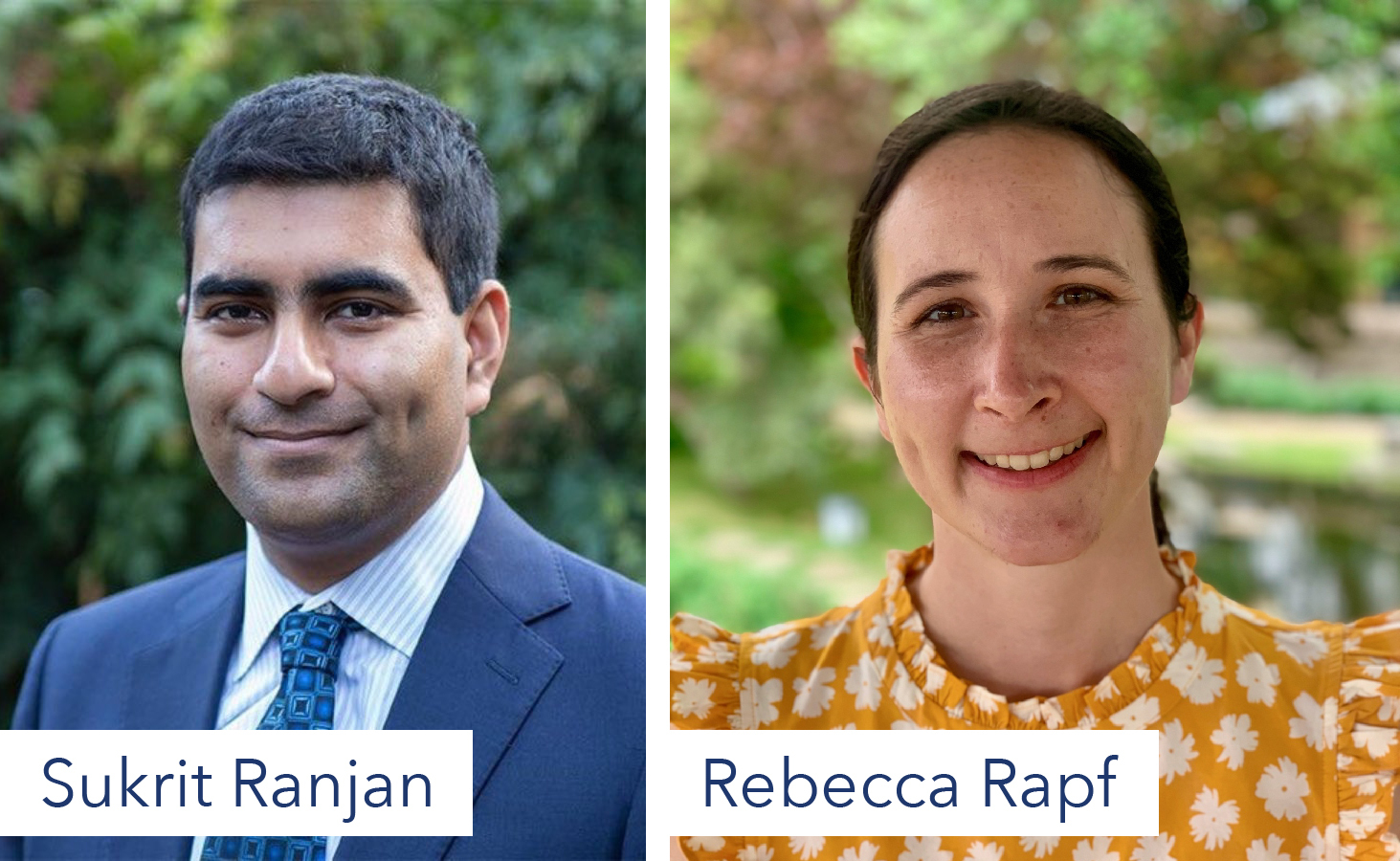The Sulfur Cycle on Exoplanets
Scialog: Signatures of life in the universe

Starting in 2021, The Kavli Foundation has provided support for Scialog: Signatures of Life in the Universe. the goal of this Scialog series is to bring together scientists from multiple disciplines to collaborate on new and innovative projects to advance the understanding of exoplanet habitability, the origins of life, and its signatures in the universe.
At the March 2023 meeting, twenty-three projects were proposed as a result of this meeting, and eight teams have now secured funding.
The Kavli Foundation will support Sukrit Ranjan and Rebecca Rapf for their work on the project entitled, “Constraining the Abiotic Sulfur Cycle on Temperate Terrestrial Planets.” Their collaborators Morgan Raven and Bradford Foley will be supported by the Research Corporation for Scientific Advancement.

Ranjan is assistant professor in the Lunar and Planetary Laboratory in Department of Planetary Sciences at the University of Arizona, and an Affiliate Research Scientist at Blue Marble Space Institute of Science. As a planetary photochemist, he studies the interaction of molecular systems and energetic radiation to understand life as a planetary phenomenon.
Rapf is an assistant professor in the Chemistry Department at Trinity University. As a physical chemist, she’s interested in using fundamental laboratory studies to inform atmospheric chemistry, planetary science, biophysics, and astrobiology.
The goal of their project is to develop a robust model of sulfur cycling driven by processes unrelated to living organisms on Earth-like planets. How does sulfur move from the atmosphere to the ocean to planetary crust to planet interior? By understanding these dynamic processes, researchers could eventually be able to identify sulfur signatures on other planets that would only happen if living organisms were present.
These researchers join fellow Scialog: Signatures of life in the universe grantees from the two prior meetings:
From the 2021 conference, The Kavli Foundation supported Edwin Kite at the University of Chicago, as he worked with Jennifer Glass at Georgia Institute of Technology and Dr. Smadar Naoz at UCLA (both funded by Research Corp.) on a project entitled “Methane from Nontraditional Abiotic Sources and Potential for False Biosignature Positives.”
In part two in 2022, The Kavli Foundation selected Edward Schwieterman of UC Riverside and Ziming Yang of Oakland University, who began a two-year project entitled “Methylated Organometallic Gases as Potential Biosignatures.”